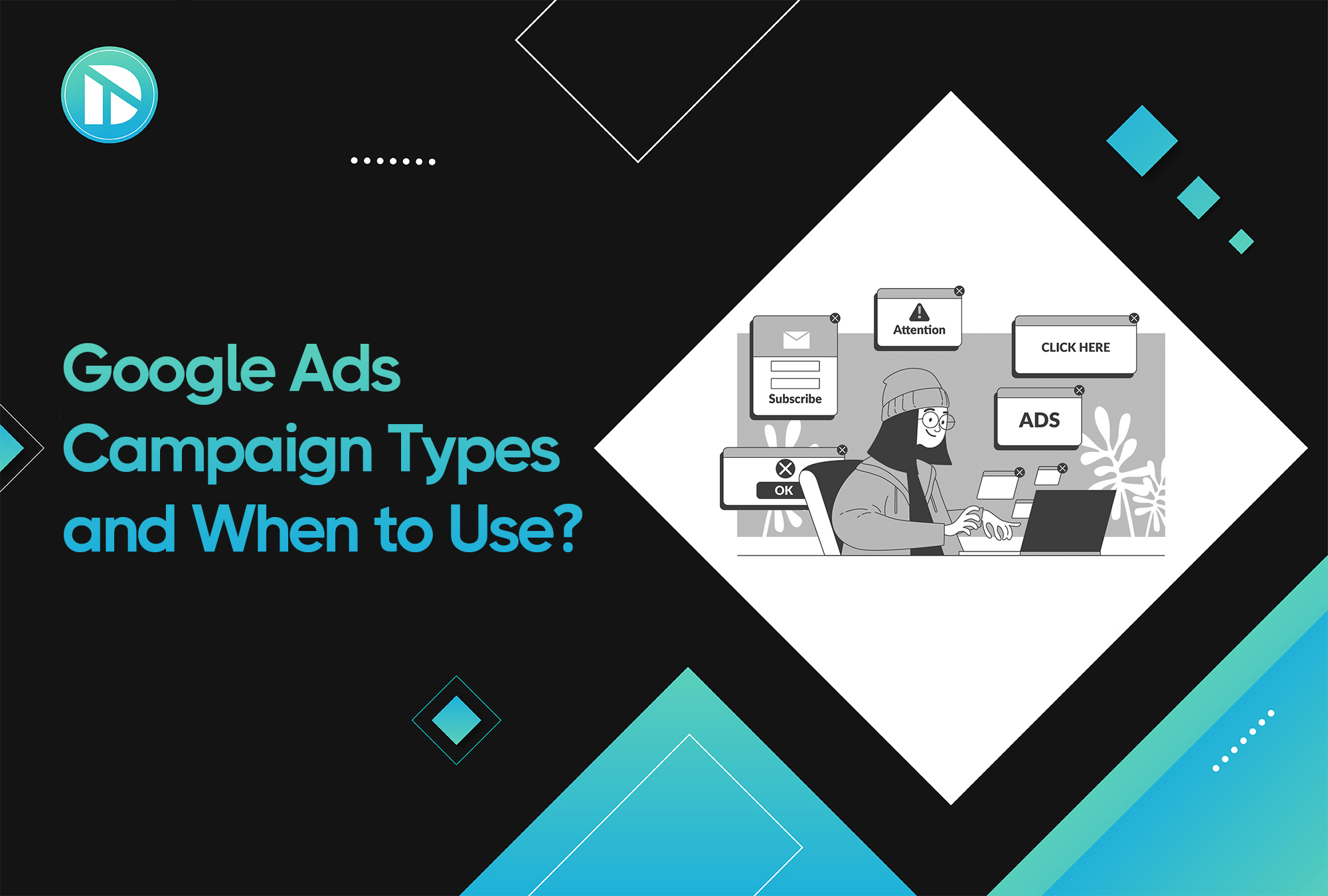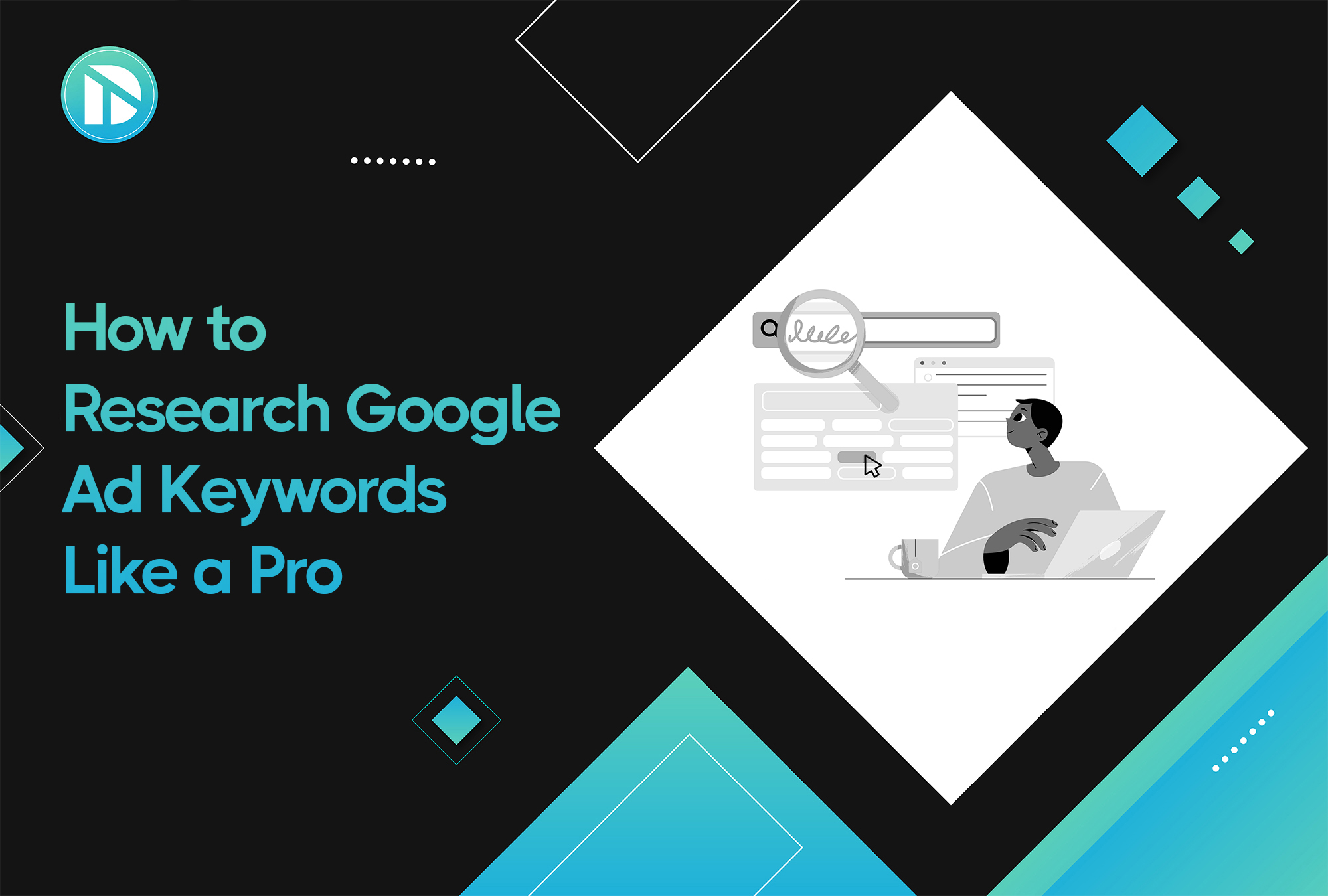As an ecommerce business, simply aiming to turn email subscribers into customers isn't very ambitious. Every company desires to maximize the value of its products and services, but the real challenge is persuading people to invest their money in your offerings.
How can you effectively encourage customers to spend on your products or services? One of the best ways to do that is email marketing.
From the initial welcome email to regular monthly newsletters, there are numerous tactics for engaging your audience through email marketing. But in order to leverage the full potential of email marketing, you must first understand the basic email marketing customer journey.
You need a dependable marketing partner to help you every step of the way on your business adventures, so here we are!
In this blog, we will cover everything you need to understand about the email marketing customer journey, so make sure to read it through!
What Is the Email Marketing Customer Journey?
As the term implies, email marketing customer journey tracks customers' paths as they discover, engage with, and make purchases from a business through various email campaigns and strategies. The customer journey includes all customer interactions with your brand, offering insights into their overall experience.
It is of utmost importance in email marketing, as businesses can personalize their customers’ experience through the customer journey. By understanding this journey, you can make your customer feel special and become a reliable source for purchase. This eventually increases click-through rates, customer retention, and lifetime value.
You might wonder, how exactly does this process unfold?
Consider a scenario where a potential customer has been receiving your newsletter updates for years but hasn't made a purchase yet. They haven't unsubscribed, indicating they might still be interested but are waiting for the right incentive to buy.
An enticing offer sent via email could be just the trigger needed to convert them. Once they make that first purchase, their journey with your brand can continue!
How to Create a Customer Email Journey Map for Marketing?
Customer email journey map is a strategic plan that businesses use to plan subscribers’ experiences through virtual interactions with the business. It helps marketers build brand loyalty and increase engagement with their prospects— hoping for better revenues. Here’s how you can create a customer journey map for email marketing.
Step 1: Set your objectives first. Decide what you want to achieve with this journey. Is it conversion, loyalty, or engagement?
Step 2: Get the right data- collect customer data, including their birthdays, demographics, names, etc.
Step 3: Highlight the key stages of your customer experience to understand the customer journey better.
Step 4: Track your customers’ journey from start to finish to identify key elements.
Step 5: Analyze the results and compare them with your objectives to see whether you achieved what you aimed for!
Stages of Email Marketing Journey
Many businesses assume that an email marketing customer journey simply involves sending out email campaigns occasionally, but that’s not the case.
A successful email marketing journey involves several steps. Ecommerce businesses must excel at each step to fully leverage the potential of email marketing.

1. Awareness
To consider purchasing your products or services, people must first know your brand.
Therefore, the initial step in email marketing is to raise awareness about your business. For this purpose, it’s highly recommended to set up a welcome email automation with at least 1 email that introduces your brand to your potential customers.
While not all prospects may engage with these initial contacts, don't worry; this stage is primarily about putting your brand on their radar.
2. Consideration
So your customers know your brand exists, great! Now what?
The next step is to make them consider your brand when they are about to purchase.
When customers know about your business, they are already in the consideration stage. They might be checking out your reviews online and learning about your competitors. This is the time to impress them with emails highlighting your USPs and customer reviews to build credibility.
3. Purchase
This stage of the customer journey in marketing is the most crucial one.
Your competitors are probably doing the same: raising awareness and trying to impress their customers with compelling emails and raving reviews. However, getting them to purchase from your brand is the real deal.
Look at it this way: People can easily subscribe to you for regular updates because it doesn’t cost them anything, but will they all pay for your products? Not really!
You need to convince your prospects to buy your products and services. The most effective way to do that is by giving special offers, discount codes, or limited-time promotions.
Purchase confirmation and thank-you emails also fall under this category as they enhance the customer's buying experience.
4. Retention
After the purchase, the focus shifts to keeping the customer engaged and satisfied for retention.
Retaining customers not only increases their lifetime value (LTV) but also ensures higher profits for the brand. A study found that the cost of acquiring new customers is five times higher than the cost of retaining existing customers.
To retain customers, you can set up a post-purchase email automation. The emails may include tips on how to best use the product, cross-sells, up-sells, and information on additional services or products.
5. Advocacy
The last stage of the email marketing customer journey strategy is advocacy.
When customers are truly satisfied, they become brand advocates. Encourage your customers to review their purchases through feedback emails.
You can also ask them to share their experiences through referral programs or offer a discount on their next purchase as an incentive.
Email Examples for Every Stage of Customer Journey
Now that you know about the multiple stages of email marketing customer journey, let’s take a look at some email examples for different stages that you can follow to create a better email marketing strategy.
1. Welcome Email
Welcome emails aren’t unique anymore – almost every brand sends a greeting message to its subscribers as soon as they sign up for email marketing.
Welcome emails are critical for a brand, as they can make or break your brand’s first impression.
Usually, these emails consist of a small section that tells the reader about the brand, followed by a unique discount code promised in the welcome popup.

2. Newsletters
Sending weekly or monthly newsletters is another way to keep your customers engaged.
Think of it as giving updates about your brand to the customers – what’s new and hot? Discounts? New arrivals? Or any achievements for your brand? You can talk about anything that might spark your subscribers’ interest in your brand.

3. Abandoned Cart Emails
Have you seen customers adding your products to carts but not heading to checkout? Don’t worry; it happens to all e-commerce businesses!
Sending an abandoned cart email is one of the most effective ways to nudge your customers to come back and complete their purchase. Try to make these emails as catchy as possible; use curiosity in subject lines, offer limited-time discounts, etc.
Anything that convinces your customer to complete their checkout will make your abandoned cart email successful.

4. Re-engagement Emails
Re-engagement emails are marketing emails that are sent to inactive customers. It can be a way to reconnect with your old customers and remind them about your brand.
Re-engagement emails are usually sent to people who have subscribed to the emails but haven’t engaged with your brand in a while. These emails can help re-establish your connection with such subscribers.

5. Feedback Emails
A feedback email is one of the best post-purchase practices every brand must follow.
Many businesses ask for customer feedback via email because it also gives customers a sense of care and value. Receiving personalized emails asking for feedback makes them feel valued, so try sending an email like this and see how your customers engage with it!

3 Tips to Craft Effective Emails for Different Journey Stages
Creating an email might be easy, but the real challenge lies in ensuring that email performs well. Here are a few tips to help you do that:
Offer Value in Your Content
Whether it’s a welcome email or a monthly newsletter, make sure your email has something to offer to the subscribers. This can be an overview of your brand, a discount, an update about restocking, and so on.
You can’t expect subscribers to click through if your emails don’t contain content that entices them.
Personalize Emails for Consideration
Personalization goes a long way! You might think, what can a name at the start of an email do? Well, a lot.
If you send emails without any name or specification, it tells your subscribers that you created a generic email and sent it to everyone. The result? your customers won’t feel connected or valued by your brand.
However, if your emails include as little as the subscriber’s name, it leaves a lasting impact.
Make Your Offers Intriguing
If you are thinking of ways to get your customers to start purchasing from your brand, you need to come up with intriguing offers. Simple emails don’t have the charm to convince customers to buy anything.
It’s the decision stage that requires you to think out of the box and create offers that would be beneficial for the customer (or at least give them the impression). This can be a sale, discount, buy one get one free (BOGO) offer, a voucher, or anything that convinces subscribers to click and purchase.
Frequently Asked Questions About Email Marketing
1. What is the ultimate goal of email marketing?
Email marketing is a powerful online marketing tool to increase revenue and profits. The goal of each email can be different, including increasing brand awareness or getting more page visits, but the ultimate goal of email marketing is to increase revenue.
2. What are some popular email marketing platforms?
Popular email marketing platforms for ecommerce include Klaviyo, MailChimp, ActiveCampaign, and Sendinblue.
3. What is the different between an email automation and email campaign?
An email campaign involves manually sending targeted emails for promotions or newsletters at scheduled times. Email automation, on the other hand, uses triggered actions like sign-ups or purchases to automatically send personalized sequences, ideal for ongoing engagement and lead nurturing.
4. Can I create emails myself if I have no prior experience with email marketing?
Yes, you can create emails yourself with a little bit of research. However, creating and sending an email involves multiple steps, so it’s best to let an email marketing expert like DIGITORM take care of it.
Conclusion
With AI at the top of its game, creating winning email marketing strategies is not difficult, but it sure requires some knowledge and expertise. This blog can be your guiding light in curating the best email marketing customer journey.
If you still have unanswered questions regarding digital marketing, DIGITORM is always ready to take off your burden. Let’s kickstart your email marketing journey together!
.png)









